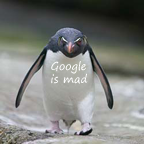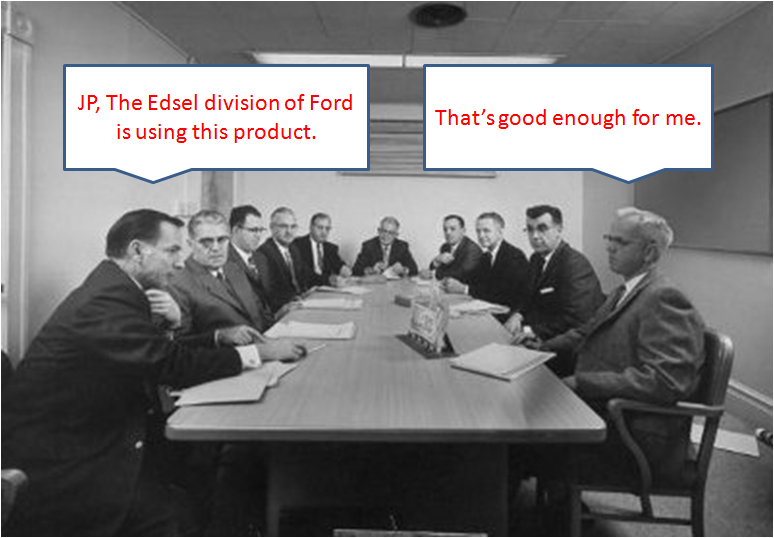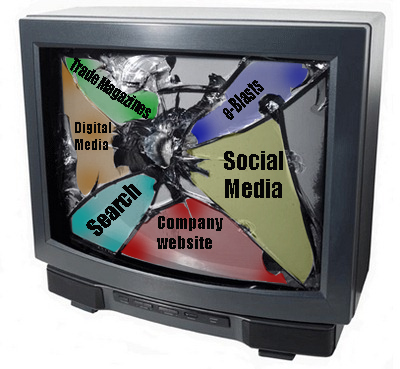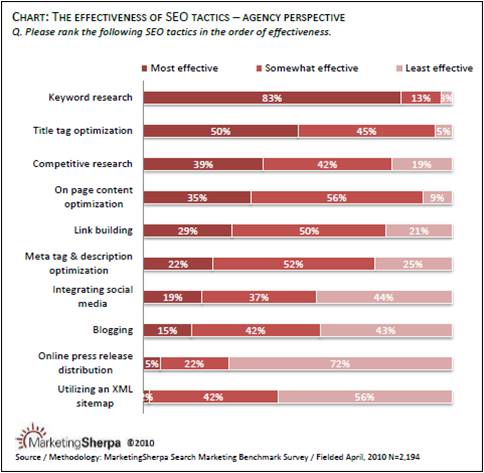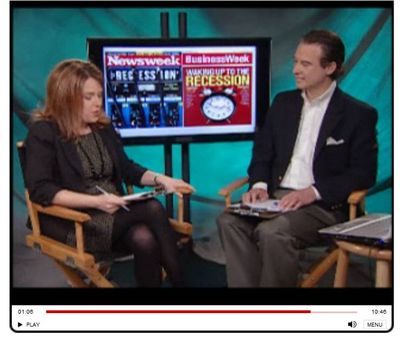When the digital content you create and distribute through your website, social media, and online venues is used strategically it can act as a second sales force that can help your physical one. But is the idea of a “digital sales force” just online spin?
The Josh Gordon Group blog
Do you need a "Digital Sales Force" to help your physical one?
Topics: sales leads, sales lead generation, content strategy, marketing content, educational content, attract online traffic, Digital Sales Force, On line content
Someone at Google is mad. Clearly they are tired of being gamed. Their job is to find and prioritize the best content on the web for their users. Their job is NOT to find, and prioritize the best optimized content for users. Google wins when it delivers the best content.
Topics: content, Panda, seo, search, Google rankings, Google, Google is mad, penguin
How blog content became a pool company's best salesperson
This is great video produced by Michael Seltzer, owner of the Social Media Examiner. Seltzer interviews Marcus Sheridan, owner of River Pools and Spas who tells his story of how posting blog content, as part of an inbound marketing program, turnred his business around after it tanked in 2008 when the recession hit.
User stories: great for sales support, poor for SEO or converting sales leads
Of all the content that companies create for marketing, “user stories” confuse the most. The confusion comes from its extremely uneven performance at different marketing functions.
Exploiting content marketing's dirty secret: most content is a commodity.
Content marketing is becoming a victim of its own success. As more organizations invest more in content development (Hey, everybody's got a web site!) the sheer volume of content being released goes way up. The more content that is created means that more of it will be similar and thus it becomes a commodity.
A history of content marketing in under 3 minutes
Digital media has made it easy for brands to embrace content marketing and tell their story. But companies have created user centric content for hundreds of years before. This short video timelines the history of company created content starting with "The Furrow," a customer magazine published by John Deere in 1895, right up to the present. Along with a rocking sound track from Robert Rose of the Content Marketing Institute this video offers great perspective.
Message to marketers: "We are all publishers now."
Content creation for traditional media and public relations is very different from creating content for a content marketing program. In this short video, content marketing guru Joe Pulizzi explains the difference.
Advertising in an fragmented world is more work
A study from Bain & Company found that in 2005, US commercial websites offered just over 200 million ad impressions for sale to marketers. Three years later (2008), there were four times as many impressions offered (about 800 million).
The series of "Panda" changes to the Google search algorithm that started in February 2011 have shaken up the SEO (Search Engine Optimization) world. The stated goal of the changes is to reduce the ranking of sites that post a lot of reused content, and reward sites with original content.


